By the end of June, the HRC–raw material spread had climbed to $469 per tonne, marking a 38.75% increase since the beginning of the year. While the dollar-denominated spread looks favorable, the ruble-based spread remains lower than last year, and market dynamics are seen as unstable. A decline to $350–400 per tonne is expected in 2026 as the ruble weakens and global raw material prices recover. The historical peak in the spread was recorded at $580 per tonne.
The widening spread provides stronger motivation for producers to increase output, as it improves gross margins—especially for vertically integrated companies. However, this also heightens the challenges in export markets, where competition with cheaper steel from Asia is intensifying.
Domestic demand for steel continues to show weakness. In the first half of 2025, steel consumption in Russia fell by an estimated 14–15% year-on-year, with some sectors experiencing a decline of up to 25%.
Despite the challenges, steelmakers have maintained positive profitability. In the second quarter, EBITDA figures improved quarter-on-quarter due to lower input costs. However, on a half-year basis, profits declined sharply, impacted by falling sales prices and a growing share of semi-finished products. EBITDA margins remained in the 14–21% range in the second quarter.
Meanwhile, steel prices in China began rising in the second half of July, reaching multi-month highs. The increase was driven by expectations of large-scale infrastructure investment, which is anticipated to boost domestic demand and ease internal competition. This trend has begun to affect global pricing, including exports.
Still, more downside risks to steel prices remain than supportive factors. Russian producers continue to face tough competition from Asian suppliers, especially with limited access to key global markets. Production costs in Russia have reached levels comparable to Chinese export prices. After factoring in transportation, transshipment, and freight, costs can exceed $500–550 per tonne, making it difficult to compete with Asian producers who are often willing to sell at lower prices.
In some cases, the export business has turned unprofitable, and for certain mills, halting production may prove more economically viable than continuing operations.


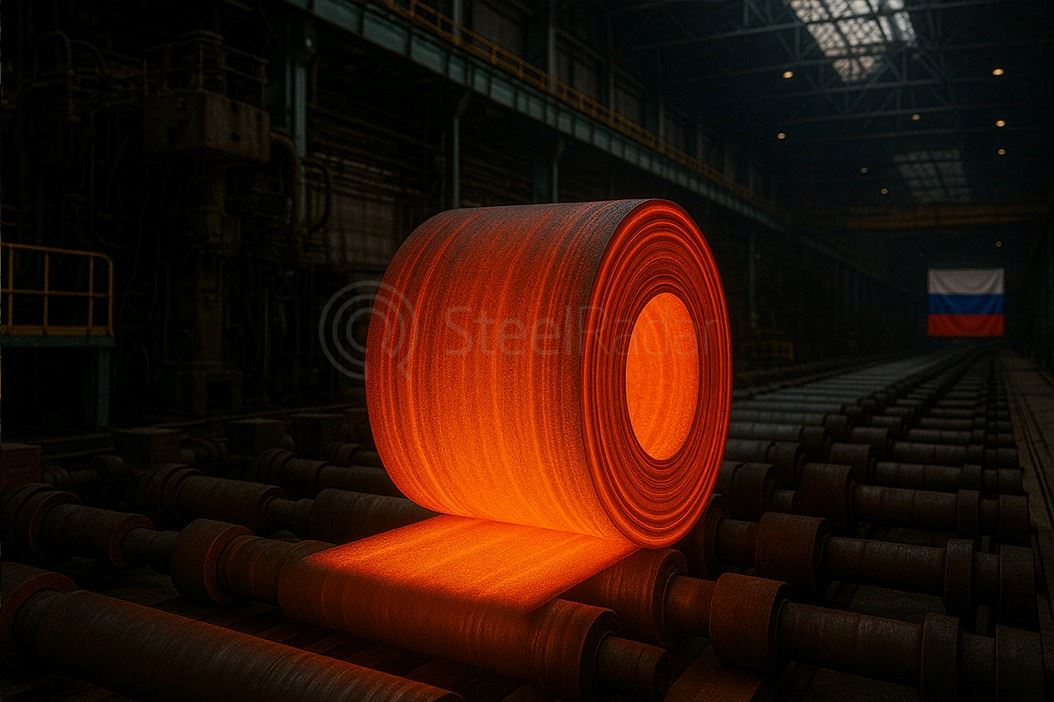

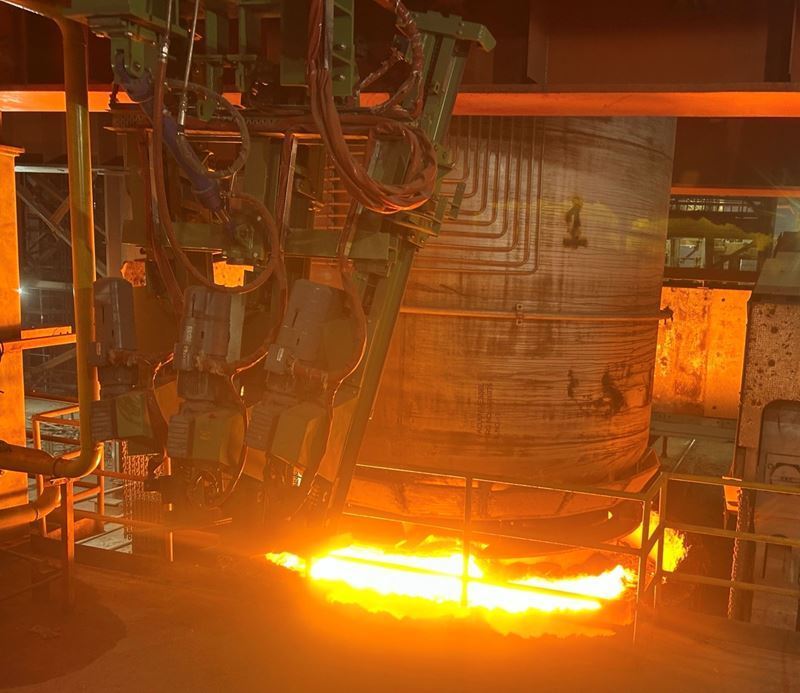
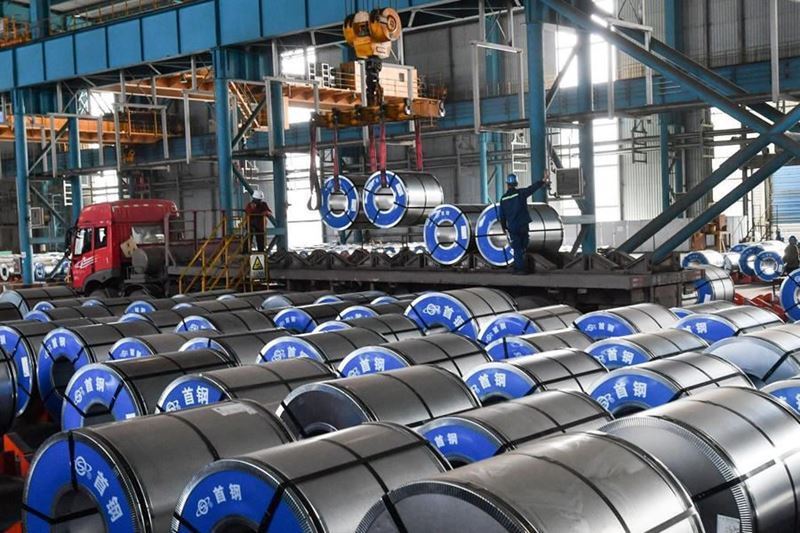
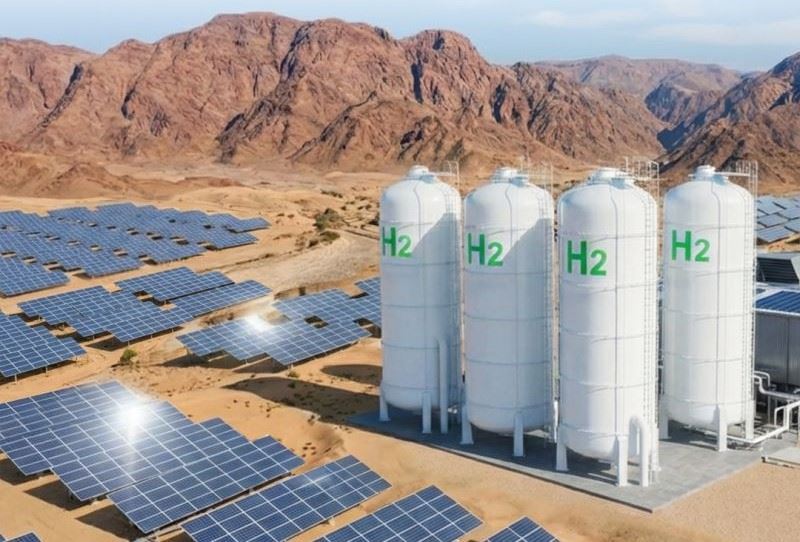
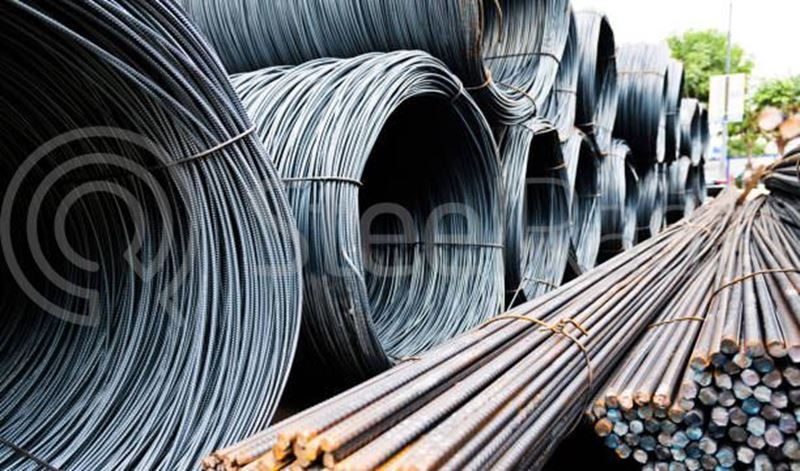

Comments
No comment yet.